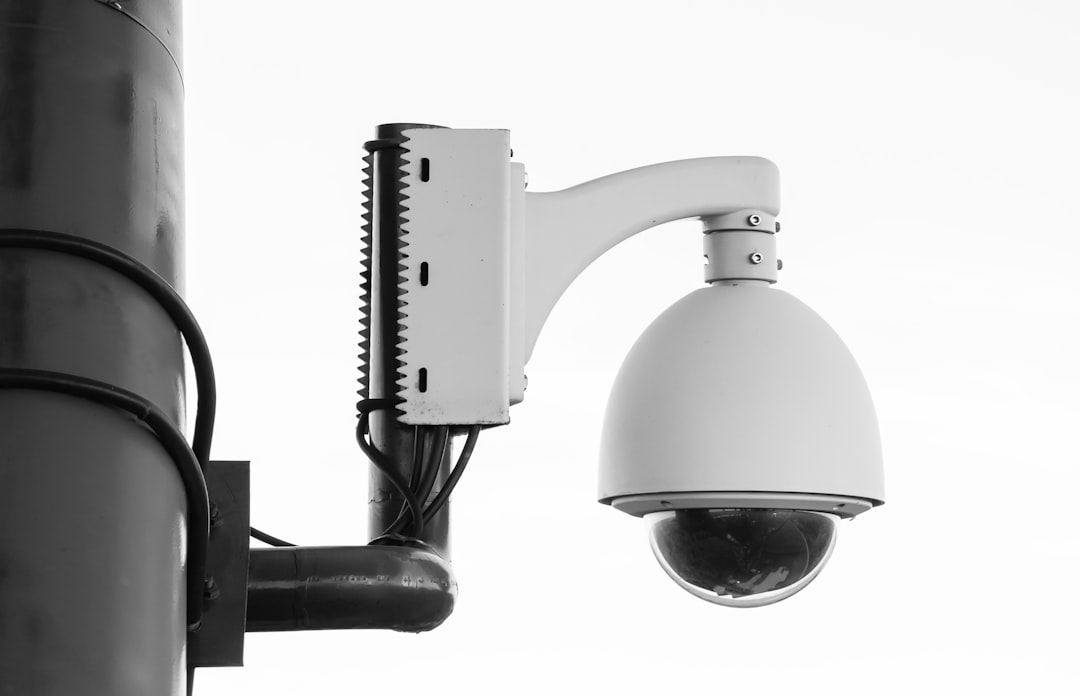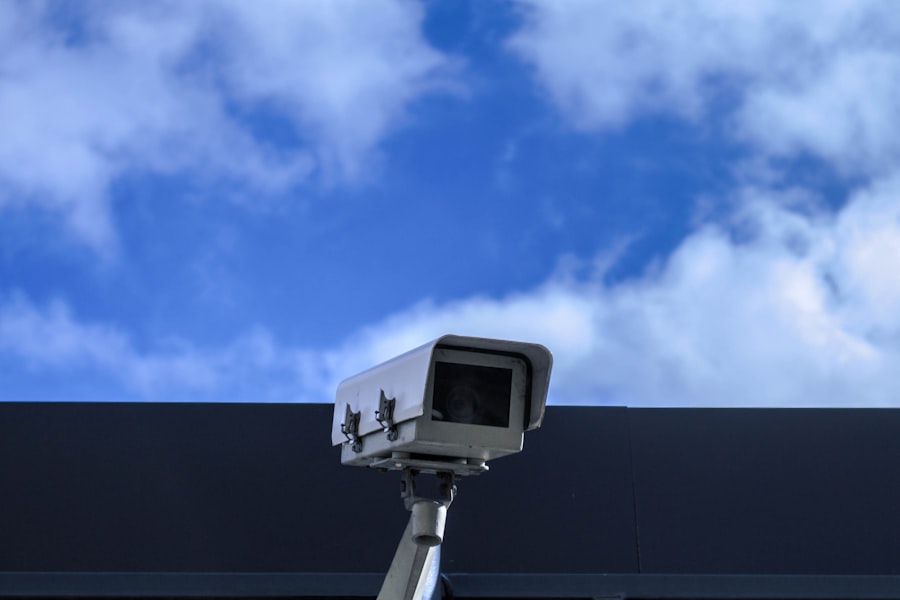Physical Address
304 North Cardinal St.
Dorchester Center, MA 02124
Physical Address
304 North Cardinal St.
Dorchester Center, MA 02124

In today’s digital age, website security is of utmost importance. With the increasing number of cyber threats and attacks, it is crucial for website owners to prioritize the security of their online platforms. One popular content management system (CMS) that is widely used by individuals and businesses alike is WordPress. However, being a popular platform also makes it a target for hackers and malicious actors. Therefore, it is essential to implement strong security measures to protect your WordPress website.
WordPress security refers to the practices and measures taken to protect a WordPress website from potential threats and vulnerabilities. This includes protecting against hacking attempts, malware infections, data breaches, and other security risks. By implementing effective security measures, you can safeguard your website and ensure the safety of your data and your users’ information.
Having a security checklist is crucial for maintaining the security of your WordPress website. A security checklist serves as a comprehensive guide that outlines all the necessary steps and precautions you need to take to protect your website from potential threats. It helps you stay organized and ensures that no important security measures are overlooked.
Creating a security checklist involves identifying potential vulnerabilities in your website’s infrastructure and implementing appropriate measures to address them. This includes updating WordPress core, themes, and plugins regularly, implementing strong password policies, limiting login attempts and user permissions, installing security plugins and firewalls, backing up your website regularly, monitoring website traffic and activity, securing your hosting environment, and staying up-to-date with the latest security trends and threats.
Regularly updating WordPress core, themes, and plugins is crucial for maintaining the security of your website. Updates often include bug fixes, security patches, and new features that help protect against known vulnerabilities. By keeping your WordPress installation up-to-date, you ensure that you have the latest security enhancements and minimize the risk of being targeted by hackers.
To keep WordPress up-to-date, you should regularly check for updates in the WordPress dashboard and install them as soon as they become available. It is also important to update your themes and plugins, as outdated versions can pose security risks. Additionally, consider removing any unused themes or plugins from your website, as they can also be potential entry points for hackers.
Implementing strong password policies is essential for protecting your WordPress website from unauthorized access. Weak passwords are one of the most common vulnerabilities that hackers exploit to gain access to websites. By using strong passwords, you make it significantly more difficult for hackers to crack them and gain unauthorized access to your website.
When creating strong passwords, consider using a combination of uppercase and lowercase letters, numbers, and special characters. Avoid using easily guessable information such as your name, birthdate, or common words. It is also important to encourage your users to create strong passwords by implementing password strength requirements and enforcing regular password changes.
Limiting login attempts and user permissions is another important security measure that can help protect your WordPress website. By limiting the number of login attempts allowed, you can prevent brute force attacks where hackers try multiple combinations of usernames and passwords to gain access to your website. Implementing user permissions ensures that each user has the appropriate level of access and reduces the risk of unauthorized actions.
To limit login attempts, you can use plugins that allow you to set a maximum number of login attempts before locking out the user or blocking their IP address. This helps prevent automated bots from repeatedly attempting to log in. Additionally, regularly reviewing and updating user permissions ensures that each user has the necessary access rights for their role and responsibilities.

Installing security plugins and firewalls is an effective way to enhance the security of your WordPress website. Security plugins provide additional layers of protection by scanning for malware, monitoring for suspicious activity, and blocking potential threats. Firewalls, on the other hand, act as a barrier between your website and potential attackers, filtering out malicious traffic and preventing unauthorized access.
When choosing security plugins and firewalls, consider their reputation, user reviews, and the features they offer. Look for plugins that provide real-time monitoring, malware scanning, and firewall protection. It is also important to keep these plugins up-to-date to ensure that you have the latest security enhancements.
Backing up your website regularly is crucial for protecting your data and ensuring that you can recover in the event of a security breach or data loss. Regular backups allow you to restore your website to a previous state before any issues occurred. This is especially important if your website contains sensitive information or if you rely on it for business operations.
There are several ways to back up your WordPress website, including using backup plugins, manual backups through FTP, or utilizing your hosting provider’s backup services. It is recommended to have multiple backups stored in different locations, such as on external hard drives or cloud storage platforms. Additionally, test your backups regularly to ensure that they are working properly and can be restored if needed.
Monitoring website traffic and activity is an important aspect of maintaining the security of your WordPress website. By monitoring your website’s traffic and activity, you can identify any suspicious behavior or potential security threats. This allows you to take immediate action to mitigate any risks and protect your website from potential attacks.
There are various tools and plugins available that can help you monitor your website’s traffic and activity. These tools provide insights into visitor behavior, track login attempts, monitor file changes, and detect any unusual activity. By regularly reviewing these reports and alerts, you can stay informed about any potential security issues and take appropriate measures to address them.
Securing your hosting environment is crucial for protecting your WordPress website. Your hosting environment plays a significant role in the overall security of your website, as it is where your website’s files and data are stored. By implementing security measures at the hosting level, you can prevent unauthorized access and protect against potential vulnerabilities.
To secure your hosting environment, consider choosing a reputable hosting provider that offers robust security features. Look for providers that offer SSL certificates, regular backups, server-level firewalls, and intrusion detection systems. Additionally, regularly update your server software and monitor for any security vulnerabilities or patches that need to be applied.
Staying up-to-date with the latest security trends and threats is crucial for maintaining the security of your WordPress website. The field of cybersecurity is constantly evolving, with new threats and vulnerabilities emerging regularly. By staying informed about the latest security trends and threats, you can proactively implement appropriate measures to protect your website.
To stay up-to-date, follow reputable cybersecurity blogs, subscribe to security newsletters, and participate in online forums or communities dedicated to WordPress security. These resources provide valuable insights into the latest security vulnerabilities, best practices, and recommended security measures. Additionally, consider attending webinars or workshops on WordPress security to enhance your knowledge and skills.
In conclusion, website security is of utmost importance in today’s digital landscape. With the increasing number of cyber threats and attacks, it is crucial for website owners to prioritize the security of their online platforms. WordPress security involves implementing various measures to protect against potential threats and vulnerabilities.
By creating a comprehensive security checklist and implementing the tips and suggestions provided in this article, you can enhance the security of your WordPress website. Regularly updating WordPress core, themes, and plugins, implementing strong password policies, limiting login attempts and user permissions, installing security plugins and firewalls, backing up your website regularly, monitoring website traffic and activity, securing your hosting environment, and staying up-to-date with the latest security trends and threats are all essential steps in maintaining a secure WordPress website. By taking these measures, you can protect your website and ensure the safety of your data and your users’ information.
If you’re looking for more comprehensive information on WordPress security, you can’t miss the article “Building a Digital Moat: WordPress Security Essentials for Content Creators” from HackWP. This article provides content creators with essential tips and strategies to safeguard their websites. From SSL to two-factor authentication, it takes a holistic approach to WordPress security, ensuring that your website remains protected from potential threats. Check out the article here for valuable insights and practical advice.
WordPress is a free and open-source content management system (CMS) that allows users to create and manage websites easily.
WordPress is a popular platform, which makes it a target for hackers. A security breach can lead to loss of data, website downtime, and damage to your reputation.
A security checklist is a list of tasks that you need to perform to ensure that your website is secure. It helps you identify potential vulnerabilities and take steps to mitigate them.
The 2024 WordPress Security Checklist is a comprehensive list of security measures that you can take to secure your WordPress website. It includes steps such as updating WordPress and plugins, using strong passwords, and implementing two-factor authentication.
The 2024 WordPress Security Checklist is important because it provides a roadmap for securing your website. By following the checklist, you can reduce the risk of a security breach and protect your website and its users.
The 2024 WordPress Security Checklist is designed for anyone who owns or manages a WordPress website. It is especially useful for website owners who are not familiar with website security and want to ensure that their website is secure.